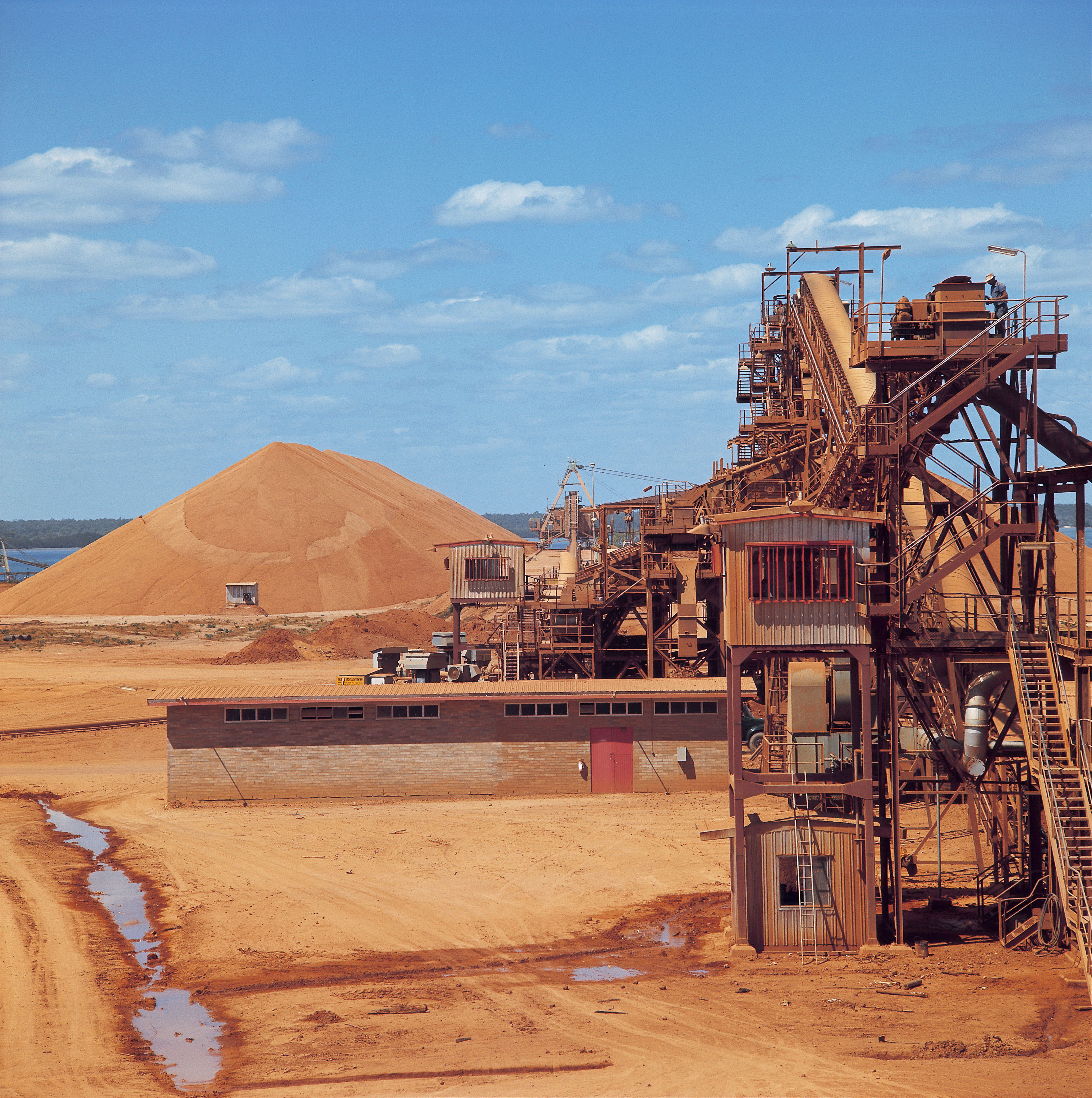After months of crisis and weak demand, alongside variable supply disruptions, global insulated metallic wire and cable consumption has started to stabilise and shows signs of bottoming out.
Demand is once again dominated by the recovery story in China, which accounts for more than 35% of total world cable demand and 91% of the net demand upgrade CRU has made between April and July.
Outside of China, cable demand in Europe and North America also improved, albeit gradually as economies reopen. Though the situation in India, South America and Africa remain critical, as the ongoing pandemic continues to impede their economic activities and the wire and cable industry is simply not exempt from those impacts.
CRU’s in-house economics team forecast world GDP and IP to contract 4.7% and 5.4% y/y, respectively in 2020, with the assumptions that lockdowns across major economies will end in Q3 and there is no sizable second outbreak. This forecast implies the plunge in total world economy will be sharper than during the peak of the Global Financial Crisis (GFC) in 2009 (where GDP contracted by -1.4% y/y), whilst the downturn in industrial activities will be less severe (was -8.0% y/y).
As such, we forecast world insulated metallic wire and cable demand will decline by 5.3% y/y, reaching just shy of 18.0 Mt conductors this year. Indisputably, this will be the sharpest contraction since the GFC, but not as acute as the 7.6% y/y plummet back then.
In the mid-term, the recovery will vary across regions, although we do not expect cable demand to reach 2019’s level again until 2022, in terms of conductor tonnes. Power cable will grow the fastest during this time horizon supported by the electricity grid, renewables and infrastructure developments.
Optical Fibre: Global demand lacklustre; prices hit rock bottom
2020 has been a year to forget for many industry participants. It is also a year met with mixed prospects for cable demand across key regions. While the Covid-19 pandemic has drastically impacted cable deployments in Europe, Latin America and Africa, cable demand growth in the US remains robust. Cable deployments have continued unabated and indeed are beating expectations to-date. CRU have subsequently upgraded our estimate for US cable demand growth to around 6% y/y in 2020. Verizon’s high-count, fibre rich network construction continues to support demand, however it is the independent, or tier 2/3 carriers which have seen some of the strongest growth this year.
China has once again surprised many industry participants. This time it relates to the speed and proficiency the domestic telecommunications industry has shown in terms of recovering from the Covid-19 pandemic. Following a collapse in demand in Q1, cable deployment run rates accelerated post-lockdown, spurred on by fibre-intensive stimulus measures as part of the central government’s economic recovery plan. Instead of a 9% y/y contraction, CRU now expect a flat market in 2020.
Nevertheless, on a global scale, demand in 2020 has been lacklustre. Perhaps the bigger issue, however, is fibre and cable prices. Following the China Mobile tender awards, bare fibre and cable prices in China slumped to fresh record lows and have begun to feed into international markets. With bare fibre prices falling as low as $3 / F-km, CRU believe much of the domestic industry has moved into loss-making territory. Consolidation, therefore, remains likely as we progress into 2021. The low price environment has had a drastic impact on profitability and overall market value, as outlined in the below chart.
Beyond 2020, we expect pent-up demand to be released next year and a renewed focus on fixed line networks to support higher growth in cable demand. However, despite this improvement in demand, we do not expect any meaningful recovery in prices whilst excess capacity and inventory remain elevated.
We cover the above and more detailed research in our Metallic Wire and Cable Market Outlook and Telecom Cables Market Outlook. Here we include demand, supply (plant by plant), trade and price forecasts for the next five years broken down by major regions and countries. For more information on these reports or this topic please complete the form below.
















